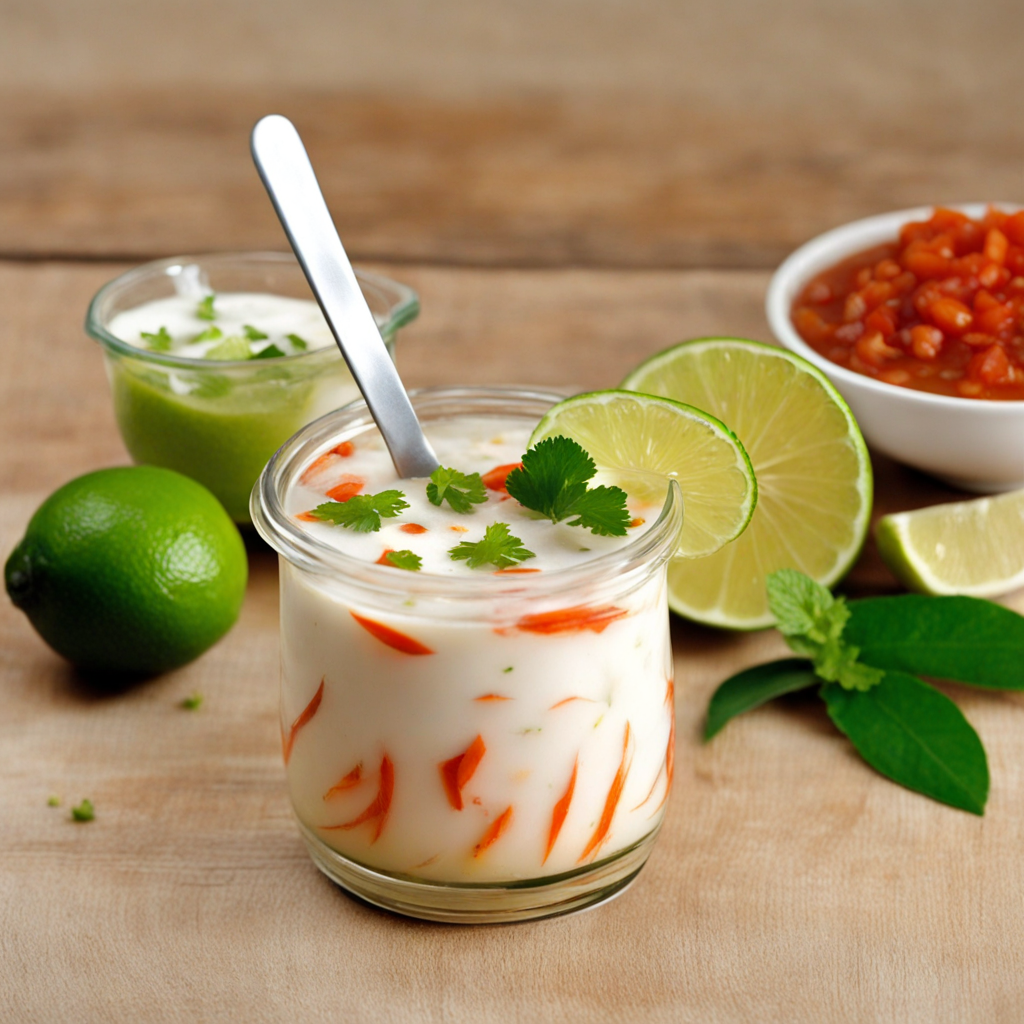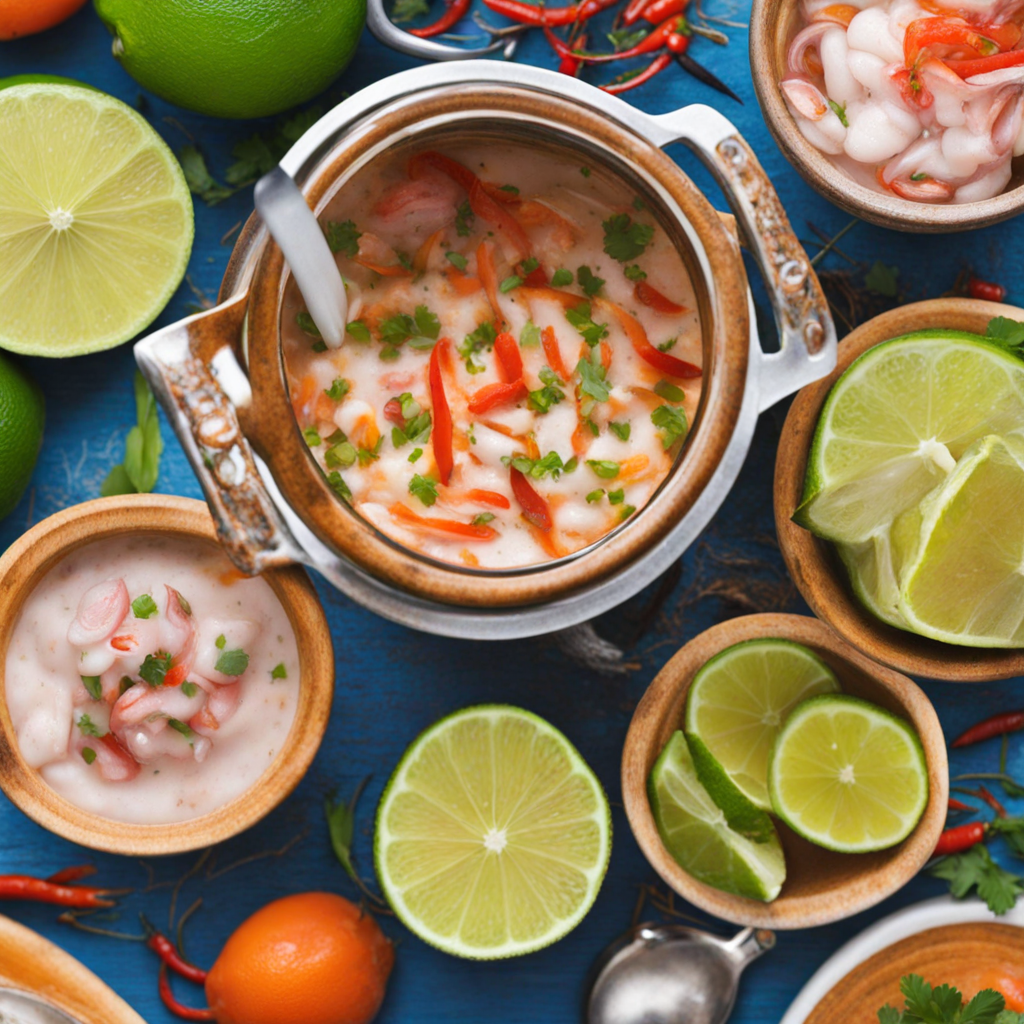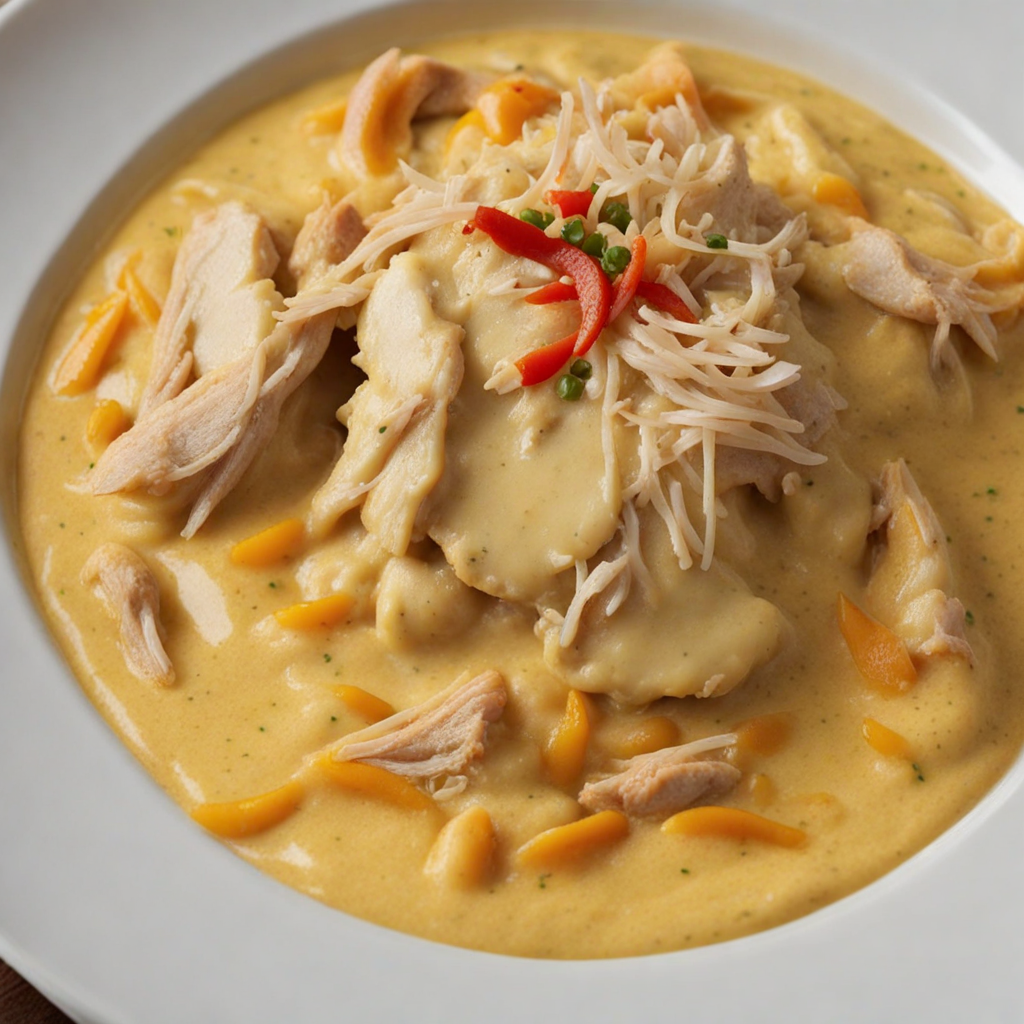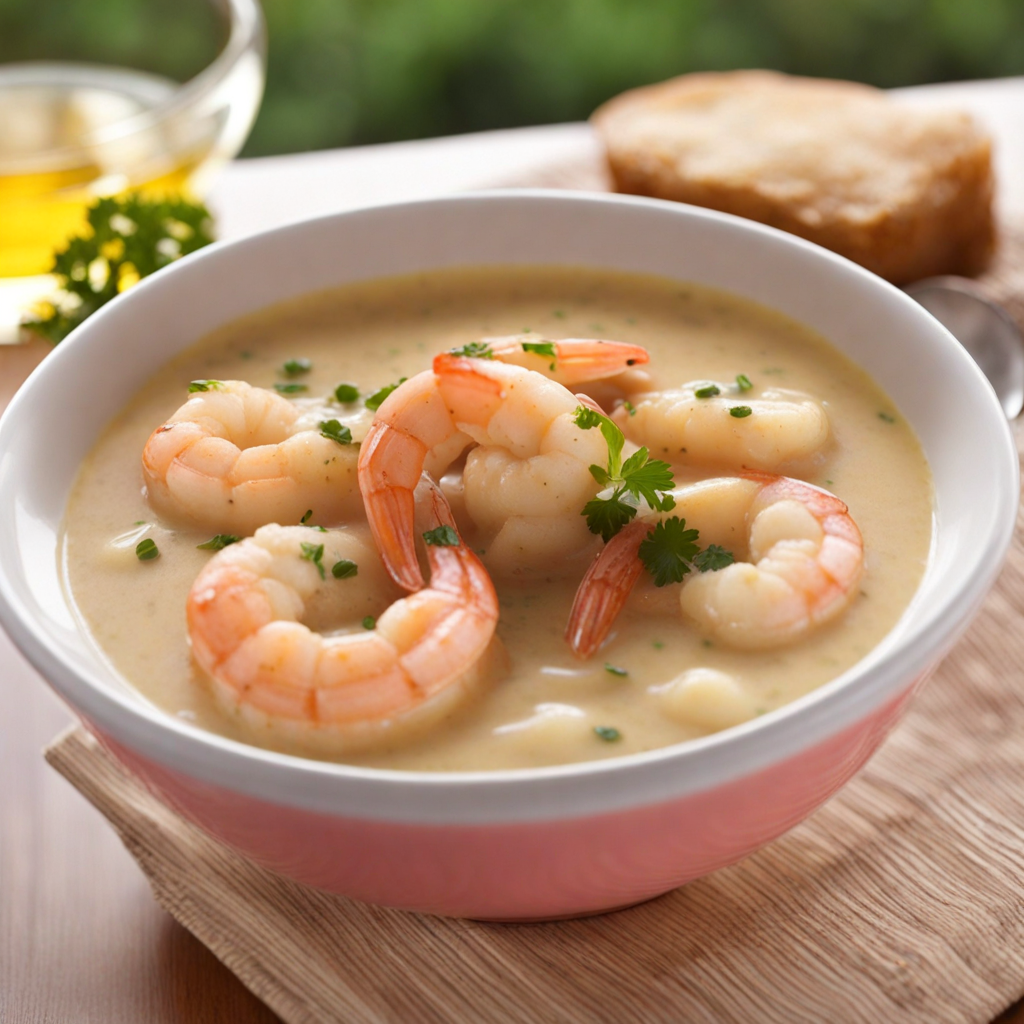Leche de Tigre
Leche de Tigre, a vibrant and zesty Peruvian dish, is often celebrated as the invigorating marinade that accompanies ceviche. This tantalizing concoction is primarily made from the juice of fresh limes, mixed with the flavorful essence of the fish used in ceviche, often complemented by the addition of onions, cilantro, and a hint of chili peppers. The result is a bright, tangy liquid that captures the essence of the ocean while also providing a refreshing and slightly spicy kick that excites the palate. The most intriguing aspect of Leche de Tigre is its ability to highlight the freshness of the seafood, making it a perfect appetizer or a delightful drink on its own.
How It Became This Dish
Leche de Tigre: The Essence of Peruvian Culinary Heritage Origin and Historical Context Leche de Tigre, or "Tiger's Milk," is a vibrant, zesty Peruvian dish that has captured the hearts and palates of food lovers around the world. Its origins intertwine with the rich tapestry of Peru's coastal cultures, particularly that of the indigenous people and the influence of Spanish colonization. The dish is closely associated with ceviche, a staple of Peruvian cuisine, which is believed to have existed in various forms for thousands of years. The earliest forms of ceviche were likely created by the Moche civilization around 2000 years ago, using fish caught fresh from the Pacific Ocean. They marinated the fish in local fruit juices, such as the fermented juice of the tumbo fruit. When the Spanish arrived in the 16th century, they introduced citrus fruits like lime, which became fundamental to the ceviche we recognize today. Leche de Tigre is essentially the marinade used for ceviche, typically composed of lime juice, the fish's natural juices, and an array of aromatics, including garlic, ginger, cilantro, and chili peppers. The name "Leche de Tigre" is believed to have arisen because of the drink's invigorating properties, akin to the ferocity of a tiger – a nod to its bold flavors and zest. Cultural Significance In Peru, Leche de Tigre is more than just a culinary delight; it is a symbol of national pride and cultural identity. It embodies the coastal region's deep connection to the sea and its abundance of fresh seafood. The dish is often served as a refreshing beverage, consumed either on its own or as a complement to ceviche. The tradition of drinking Leche de Tigre is not merely a gastronomic experience; it is also rooted in social customs. It is common to enjoy it with friends and family during gatherings, celebrations, and culinary festivals. Furthermore, Leche de Tigre holds a special place in the realm of Peruvian folklore. Many believe that it possesses aphrodisiac properties, often touted as a remedy for ailments such as hangovers. This belief has contributed to its popularity in bars and restaurants, where it is often offered as a rejuvenating drink after a night of revelry. Development Over Time As Peru's culinary landscape evolved, so too did the preparation and presentation of Leche de Tigre. Traditionally, it was a simple yet powerful concoction, meant to highlight the freshness of the fish and the zing of citrus. However, in the late 20th and early 21st centuries, as Peruvian cuisine began to gain international acclaim, chefs started to experiment with the dish. The rise of Nikkei cuisine, which blends Japanese culinary techniques with Peruvian ingredients, introduced innovative approaches to Leche de Tigre. Chefs began to incorporate elements such as miso, soy sauce, and even sake into the marinade, creating a fusion of flavors that appealed to diverse palates. This culinary cross-pollination has led to an explosion of creativity within the realm of ceviche and its accompanying Leche de Tigre. Additionally, the advent of new gastronomic movements, such as "Nuevo Andino" cuisine, emphasized a return to indigenous ingredients and preparation methods. This shift has resulted in the incorporation of native Peruvian ingredients, such as quinoa, aji amarillo (yellow chili), and other local herbs, into the Leche de Tigre mix. Chefs began to view Leche de Tigre not just as a marinade but as a versatile component that could enhance various dishes. Modern Interpretations and Global Influence In recent years, Leche de Tigre has transcended its origins, becoming a beloved component of Peruvian gastronomy worldwide. Restaurants that specialize in ceviche and other Peruvian dishes have sprouted in major cities across the globe, from New York to London to Tokyo. Chefs have embraced the spirit of Leche de Tigre, often presenting it in creative formats, such as cocktails and shot glasses, appealing to a broader audience. One notable modern interpretation is the addition of various seafood toppings to the Leche de Tigre. Some establishments serve it with pieces of octopus, shrimp, or even scallops, elevating the experience and showcasing the diversity of flavors that can be achieved. Others have taken the leap into molecular gastronomy, creating foams or spheres that explode with the essence of Leche de Tigre, transforming it into a multi-sensory experience. The dish's popularity has also paved the way for cultural events and festivals dedicated to celebrating Peruvian cuisine. Culinary competitions often feature Leche de Tigre as a centerpiece, showcasing the creativity of chefs and their unique spins on this classic. These events have not only solidified Leche de Tigre's place in the culinary canon but have also fostered a sense of community and pride among Peruvian chefs and food enthusiasts. Conclusion Leche de Tigre is more than just a marinade; it is a celebration of Peru's rich culinary heritage, its diverse ecosystems, and the vibrant cultures that have shaped its cuisine. From its humble beginnings as a simple ceviche marinade to its current status as a global sensation, Leche de Tigre reflects the dynamic nature of food and its ability to connect people across time and geography. As Peru continues to evolve as a gastronomic powerhouse, Leche de Tigre will undoubtedly remain at the forefront, embodying the spirit of creativity, tradition, and community that defines Peruvian cuisine. Whether enjoyed in a bustling cevichería in Lima or as part of a gourmet meal in a fine dining restaurant, Leche de Tigre serves as a reminder of the flavors, stories, and cultural significance that food can convey. Its journey from the shores of Peru to tables worldwide is a testament to the power of culinary heritage, inviting us all to savor the essence of this remarkable dish.
You may like
Discover local flavors from Peru







